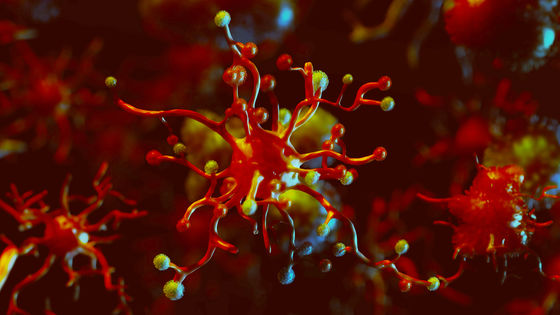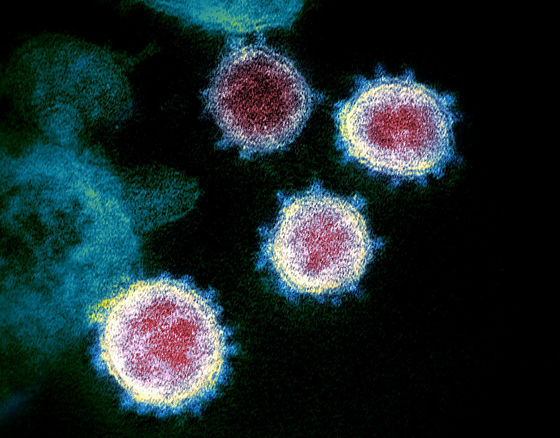What is a 'virus'? Explained by biomedical researchers

With the
What is a virus? How do they spread? How do they make us sick?
https://theconversation.com/what-is-a-virus-how-do-they-spread-how-do-they-make-us-sick-133437
It is estimated that there are over 1,000 (10 31) viruses on Earth. Viruses do not have the ability to produce or store energy, but live on the cells of other organisms, using the energy they produce. Viruses are considered non-living because they cannot live alone.
Viruses that are not parasitic on cells exist as independent particles called virions . Virions can survive for a period of time without being parasitized by cells. Also, when a virion comes into contact with an organism that has cells, the organism becomes infected with the virus.

The virus that has infested the cells begins to produce and multiply virions. Some
Some viruses have membranes made of lipids, including the new coronavirus (SARS-CoV-2) . Lipid membranes can be dissolved by soap, and melting the membranes can destroy the virus itself. For this reason, washing hands with soap is recommended as an effective measure against viruses, including the new coronavirus.
Why is 'soap' the strongest against new coronavirus? -GIGAZINE

The virus travels through a cough, sneeze, detached skin, or something the host touches, to a new host or another that is not a cell. In this way, the virus spreads through various things and causes disease outbreaks.
Some viruses recognize certain organisms and parasitize them. For example,
The new coronavirus is a type of virus belonging to the coronaviridae family , and falls under the same classification as the SARS coronavirus that caused severe acute respiratory syndrome (SARS) in 2003 and the MERS coronavirus that caused the Middle East respiratory syndrome in 2012.
The name 'coronavirus' comes from the fact that when the virus is viewed microscopically, small protein protrusions on the surface of the virion look like solar corona .

Coronaviruses, including the new coronavirus, mutate relatively frequently, and it has been confirmed that
The new coronavirus turns out to be more infectious to cells than the 2003 SARS coronavirus-gigazine

by NIAID
'Many people tend to worry about what kind of disease can be caused by a virus. But you should know more about the nature of the virus, its routes of transmission, and the means of propagation,' said Tajouri. We recommend that you deepen your knowledge of the virus.
Related Posts:
in Posted by darkhorse_log







